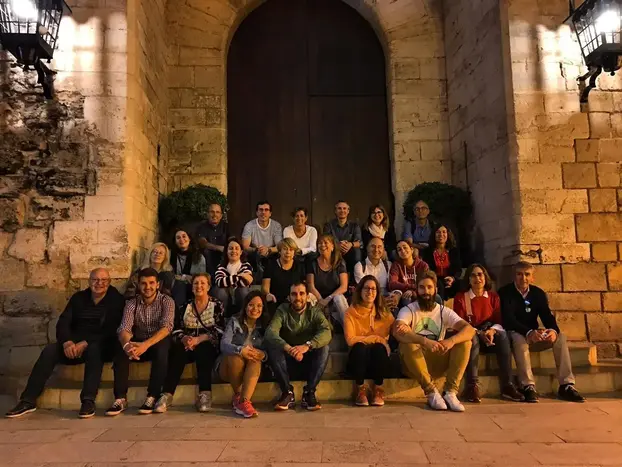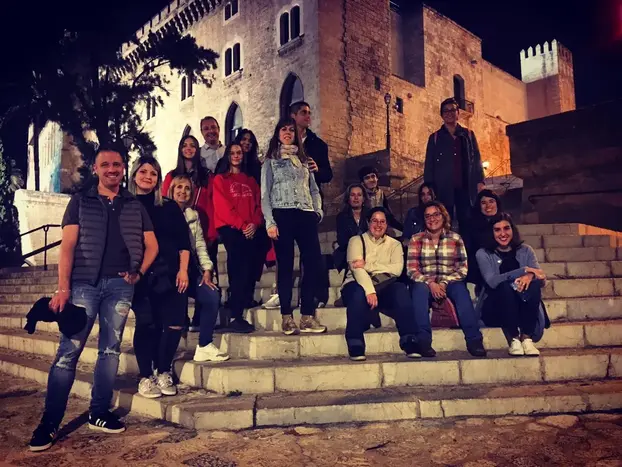





NEW- Jewish quarter
Tour description
"May 6, 1691. Palma de Mallorca attends the third trial of faith against a group of 88 neighbors accused of performing Judaizing practices. 30,000 people from all over the island crowd around the convent of Santo Domingo to witness a terrible spectacle. Three of the accused are going to be burned alive at the stake..." Travel with us in time to a dark era, a time where a tremendous religious fervor, unleashed an unusual hatred towards a community considered always cursed by the vast majority of the population, subjected to a savage repression, the Jews of Mallorca left a cultural, gastronomic and architectural heritage that will endure forever in our hearts. We will discover the most unique places in the city, where Jews and converts from Palma left their mark, remains, marks and symbols will accompany us during the tour, a fascinating story to the deepest roots of all Mallorcans. The Call Major. This term, Call, was used to refer to the medieval Jewish quarter of Palma. It was from 1300 onwards that the Jewish community moved to the Call Major, as they had previously lived in two other quarters: the old Roman city, in the Call de la Almudaina, and in the Callet. The Call Major occupies the northeastern quadrant of the medieval city and the Hebrews were obliged to spend the night and live there, but not to work there. Despite the fact that the Jewish community officially disappeared in 1434, when it was definitively forced to convert to Christianity, Judaism did not disappear from Mallorca, thanks to those who persevered. Their descendants were known as Xuetas, who were persecuted (sometimes sentenced to death) by the Inquisition and suffered social exclusion until well into the 20th century. We will begin our guided tour in the Plaza de Cort, and start the walk through the old town. During the Middle Ages, in this central part of the Balearic capital, the old Jewish quarters of Palma de Mallorca were located. What was the life of the Jewish population in this area of the Kingdom of Aragon like? What cultural legacy did they leave us? We will begin to answer these questions on our route through the old aljama. The Jews resided in the so-called "call", formed by narrow streets that still survive today: Sòl street, Monte-Sion street... In this last one we will stop in front of the church of Monte Sion. Its name of Jewish origin is not by chance, as the temple stands on an ancient synagogue. In the fifteenth century the Jews were expelled from the Christian kingdoms (including Aragon, to which the Balearic archipelago belonged). From then on, the so-called Xuetes, descendants of the converted Jews, emerged. During the tour, we will appreciate how the influence of this group is still evident in the culture of Palma de Mallorca. We will finish the route in the vicinity of the Cathedral of Santa Maria de Mallorca.
What will we see on this tour?







